|
|
Callum Duff has advised the Archive: “The house in your photograph is in fact, ‘Manesty’ on Marske Mill Lane. Building commenced on this house in 1905 and was originally called ‘The Homestead’ but was damaged by fire during its construction in 1906. Partly rebuilt in 1907 by Cackett and Burns Dick of Newcastle upon Tyne for Major H, R. French. The house was bought in 1919 by a Mr Hutchinson who lived in the adjacent house then called Manesty; he changed name of this house from Homestead to Manesty. ‘Manesty’ is a vernacular revival house of sandstone with ashlar dressing and is one of Saltburn’s listed buildings.”
Image courtesy of Julie Tyrka and many thanks to Callum Duff for the update.
This undated postcard view of what is nowadays called Toll Bar Cottage on Saltburn Lane Lodge on the Skelton side of the Halfpenny Bridge. The booth from which the Gate Keeper collected the toll for crossing the bridge was at the Saltburn side and so must have involved a possibly windy and wet walk to work every day!
Image courtesy of Julie Tyrka.
This image of Loftus Cricket team from 1890 came to the Archive from two sources and they are proudly shown possibly at Loftus Cricket Club. However there may be some confusion about names, so welcome any comments.
Back row: Arthur G. Andrew (Scorer), George Skillbeck (Umpire), Frederick H. Nutt, Robert Dyson–Nutt (Wicket keeper), Kirby Toase (Gas works Engineer lived in Duncan Place), R. W. Andrew, R. W. Dixon (Captain for 21 years).
Front row: J. Nicholls (Stonemason), Edward (Ted) J. Rowland (Vice Captain), James M. Slater (Chemist of Zetland Terrace), J. Wake, W. Wilkinson (Grocer of North Road), John Colley (Landlord of the Station Hotel).
Chris Colbeck tells us: “My father Edgar Colbeck played for Loftus Cricket Club before World War II and his mother married Archie Toase; Archie also played for Loftus and is referred to in the newspaper cutting you have in the Archive. I have recently found among photographs and family tree stuff, a photograph which I want to share with you and any other people doing family tree searches for Loftus people. Archie Toase’s father, Kirby Toase who lived in Duncan Place also played for the Loftus team.”
Images and names courtesy of Chris Colbeck and Terry Shaw.
The station at Ingleby which served the village of Ingleby Greenhow was opened in 1857 and was part of the Picton to Battersby line, it closed in 1954 for passenger traffic but remained open until 1965 for freight when the line to Stokesley closed. The locomotive 67288 was built in 1896 at Darlington, it was renumbered to 67288 by British Rail in 1948, it was removed from service in 1954; this gives an approximate date for this image of the early 1950s.
Image courtesy of the Pem Holliday Collection, information courtesy of “Disused Stations”.
This Valentine’s Postcard view of the Ship Inn at Saltburn, shows just some of the chalets built around the building during the early 20th century by Robert (Boss) Welch who with his wife Ellen ran the Ship for many years. At that time the Ship had chalets to both the front and rear of the building, the four cottages beyond the Ship are clearly visible.
Image courtesy of Julie Tyrka, information regarding the Ship Inn courtesy of Jean Wiggins “Saltburn-By-The-Sea – The Archive Photographs Series”.
Bell’s Pit miners leaving the mine in 1935. Joe Metcalfe is identified as holding the handrail at the bottom of the steps. Joe lived at 14 Bell’s Huts in the 1930’s; with his wife Clara Jane and George, who was possibly his brother. Can anybody assist with names of the other miners? Margaret Stafford has advised the Archive: “I am pretty sure the 1st miner at the bottom of the stairs, smiling and looking straight at the camera) is my uncle John (known as Jack of course!) Hicks, born 1909 and then living in Wood Street Carlin How. By 1939 he was living in Loftus, still a miner; married to Mary Hebron with two sons. He died in 1977.His father and father in law were also ironstone miners as were many of my extended family around Marske, New Marske, Skelton.”
Image and details courtesy of Trevor Metcalfe (grandson of Joe Metcalfe), thanks to Margaret Stafford for the update.

This postcard view from the Phoenix Series (Brittain & Wright of Stockton) shows the High Street, Brotton and the Roman Catholic Church of St Anthony of Padua, to give it the full and correct title; dates from 1915. Described as ” a modest structure built at the start of the 20th century. The exterior is plain and simple and has not been enhanced by the rebuilding and enlargement of the western porch. The chief interest lies inside in what is a very elaborate decorative scheme for a small wayside church. The church was built in 1905 (foundation stone was laid on 16th August) to serve the local Catholic community and was officially opened in 1907. The decoration of the ceiling panels was carried out by a Belgian painter Felix Beryngier and his workmen, probably brought across by the first parish priest, Father Gryspeert, one of many French and Belgian priests who sought sanctuary in England in the wake of early 20th century anti-clerical legislation. According to Minskip, the paintings in the sanctuary and on the chancel arch were added later, possibly during the time of Father Patrick Macken (1916-27). The church was enlarged slightly in 1979 with the rebuilding of the western porch.”
Image courtesy of Julie Tyrka, additional information courtesy of “Taking Stock – Catholic Churches of England and Wales”
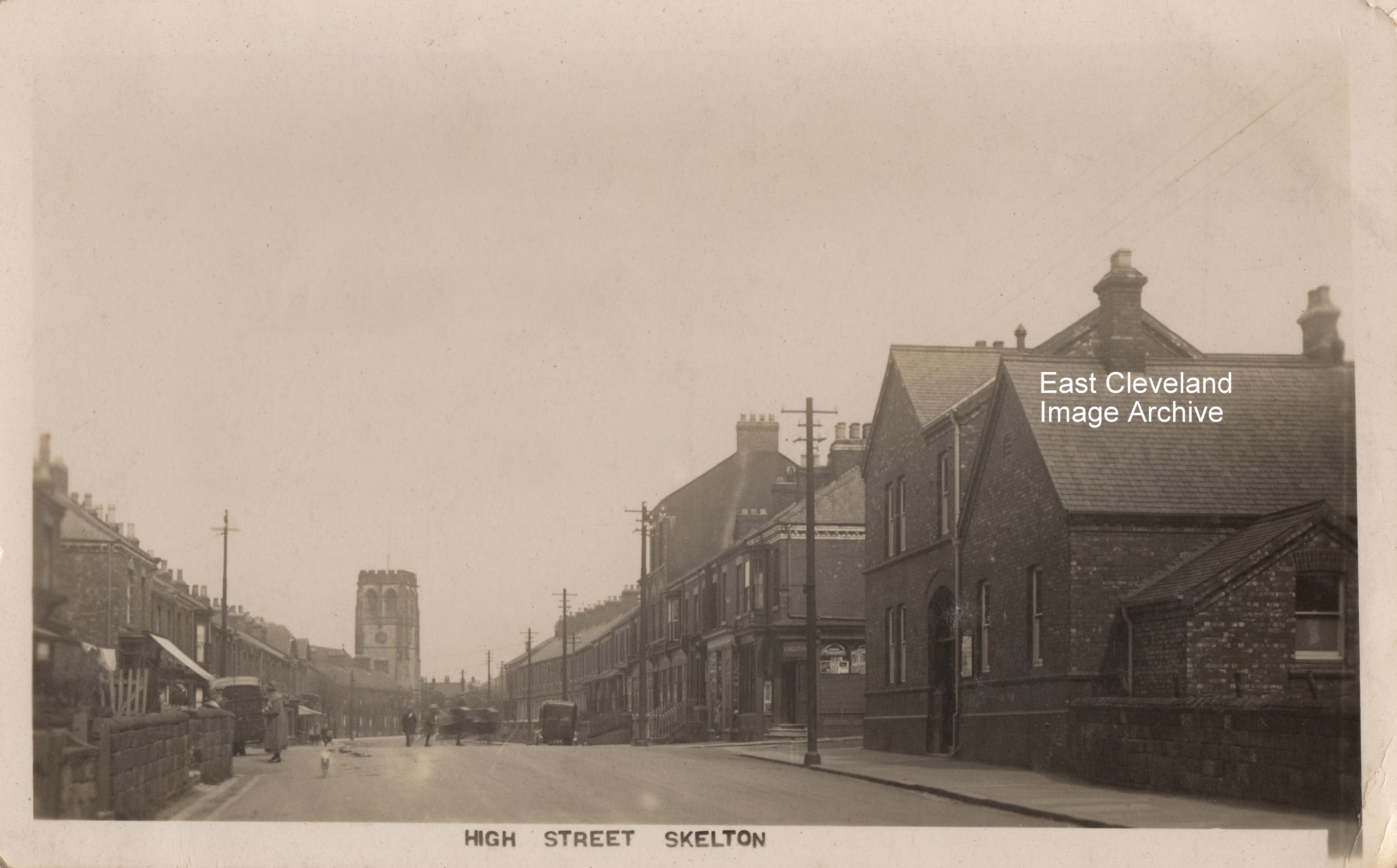
Originally known as the Skelton Literary Institute, this building stood on the corner across from what used to be Kingston’s Chemists and is the area currently being refurbished from the rough car park that has occupied the site for many years. Opened on 4th November 1899; Bill Danby in ‘History of Skelton In Cleveland’ tells us: “The £2,000 cost was paid for by the Wharton’s of Skelton Castle.”; as well as much interesting information about the management committee and the control of the building. Peter Appleton has advised: “The building was actually demolished in January 1994.” Judy Last tells us: “My grandfather, Albert Tuck, was Postmaster and ran the General Stores in Vaughan Street, North Skelton in the late 1890s after taking over the family business from his father, Edwin Tuck (who had been running the Grocers shop in Boosbeck since the late 1870s). At one time Albert was in partnership with his brother-in-law, John Thompson and the Stores was called Tuck & Thompson at that time. My father, Alexander Tuck, who was born above the Stores in 1897 often told me of watching the Magic Lantern slide shows at I believe the Institute in Skelton, and I would think that the Literary Institute would be the place he was talking about.”
Image courtesy of Julie Tyrka, additional information courtesy of Bill Danby and the Skelton In History Website. Thanks to Peter Appleton for the correct demolition date and to Judy Last for her update.
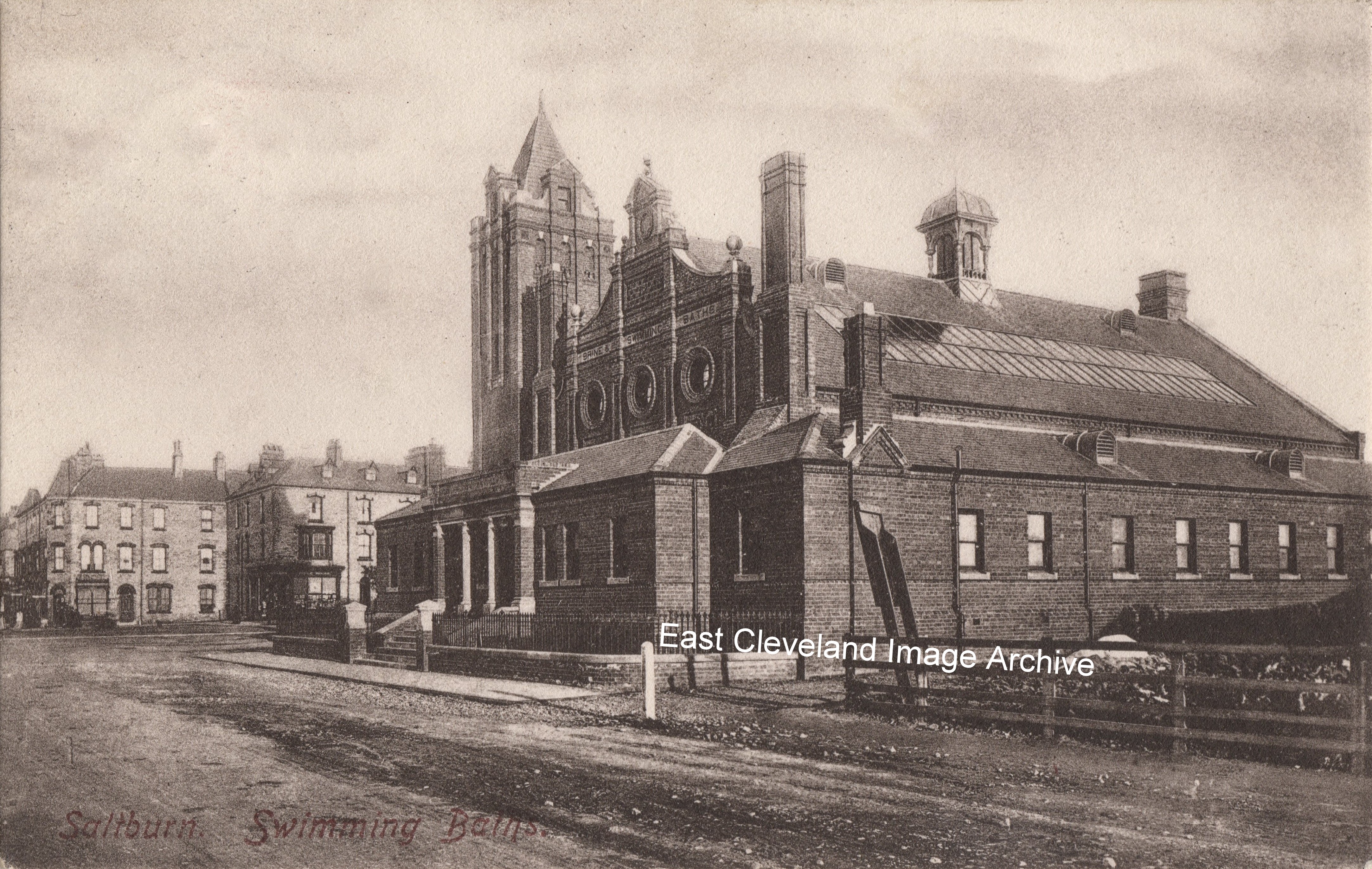
A Friths postcard view of the original Victorian Baths beside the Square in Saltburn; opened officially by Arthur Pease Esq., on Monday 11th May 1891. The building faced (across Dundas Street West) towards the railway station, featured a central swimming pool which was filled with seawater from an inlet offshore close to the pier. The extensive facilities included; massage facilities, private brine, douche, and electric baths. The baths were demolished in July 1976 by Blair and Co. of Stockton and the present day swimming pool is part of the Leisure Centre on Marske Mill Lane. Callum Duff tells us: ”In relation to swimming pool facilities in the town, Saltburn Leisure Centre was never seen as a replacement for the demolished Brine Baths. The baths had been damaged by a bomb in WWII, this also destroyed a row of adjacent shops and the baths had been closed for some time before they were bought by Keith Watson in 1956. The building remained empty and was heavily vandalised until the site was bought by Tarmac Ltd in 1976 when the baths building demolished. Saltburn Leisure Centre actually opened in 1974 with the building being finally completed in 1975. As a young boy I remember visiting the soon to be opened building with my parents. Once during the day with my Mum where we stood in the cafe and watched the 25 metre pool being filled (perhaps for the first time) and another time with my Dad, Grandad and Brother where we had a look at the indoor bowling green and squash courts. I remember being in the 25 metre pool and looking out through the window to see workmen cladding the rest of the roof.” Richard Gowing has written: “I remember while a pupil at Glenhow learning to swim in this saltwater pool circa 1947 then it closed and we had to go to the baths at Redcar.”
Image courtesy of Julie Tyrka and additional information courtesy of ’Saltburn-By-The-Sea Revisited’; thanks also to Callum Duff for the additional information. Also Richard Gowing for his update.
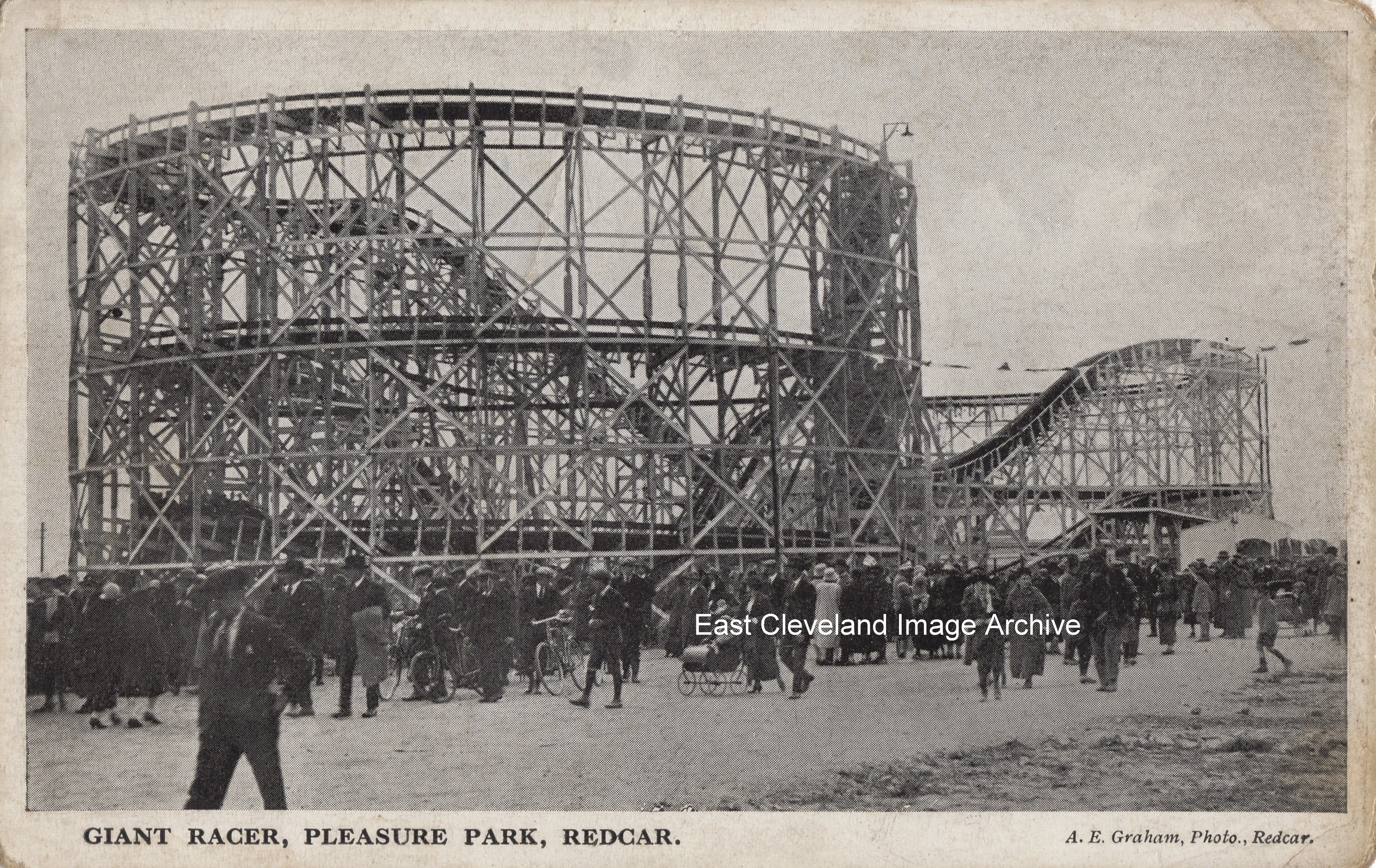
Sandringham and Buckingham Road in Redcar occupy the site of the once famous Pleasure Park in Redcar; this amusement park which opened in 1924 included rides such as ‘River Caves’, ‘The Whirlpool’, ‘The Scenic Motors’, ‘The Autocars’, as well as a skating rink, ‘Hilarity Hut’ and ‘Noah’s Ark’. The main ‘event’ was the wooden roller coaster known as the ‘Giant Racer’ which is shown on this postcard by A. E. Graham of Redcar and dates from 1930s. The park closed in 1938 when the 15 year lease lapsed, the Racer was dismantled and moved to at Sheerness; but its life was short-lived owing to the outbreak of war.
Image courtesy of Julie Tyrka.
|
|
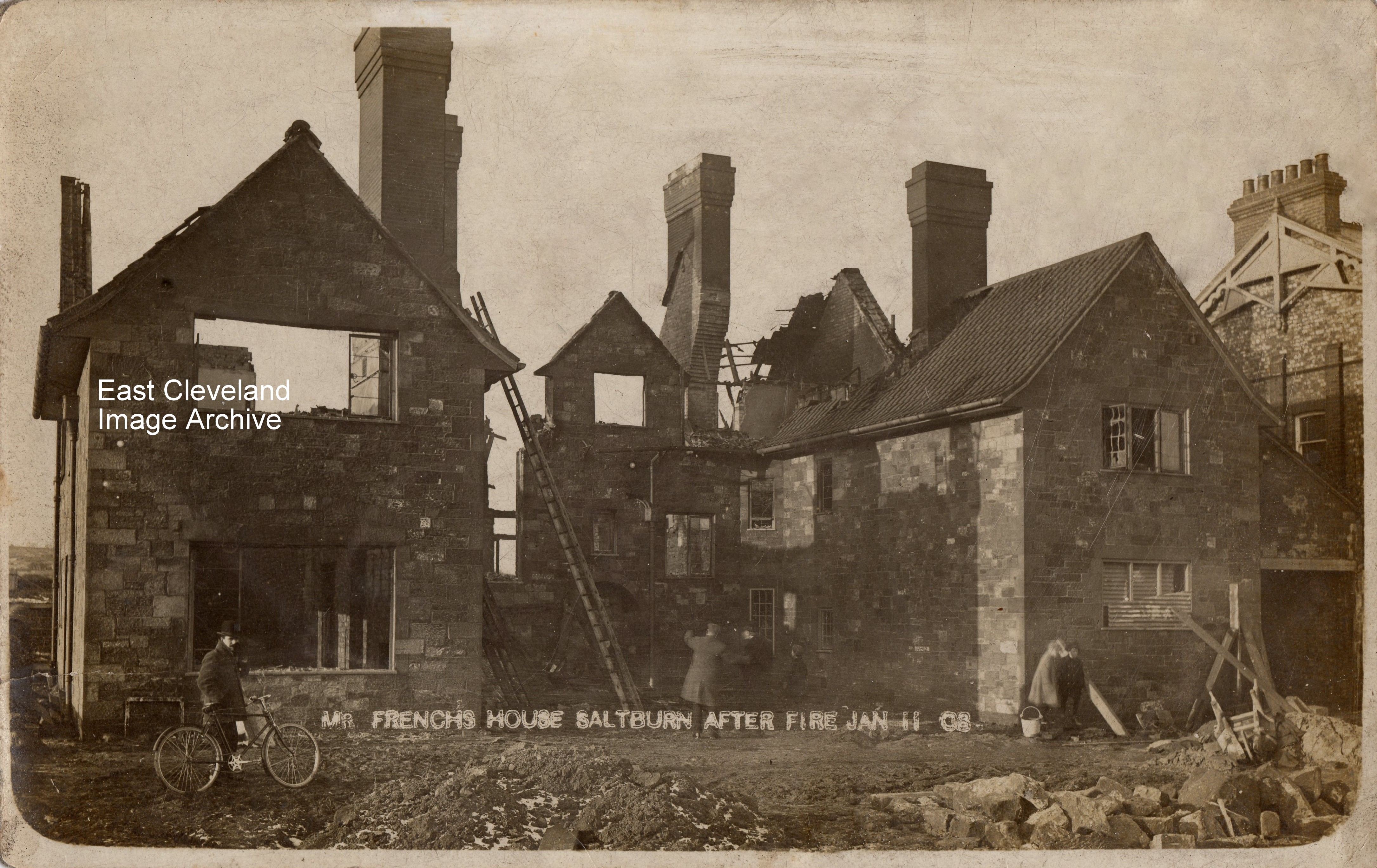
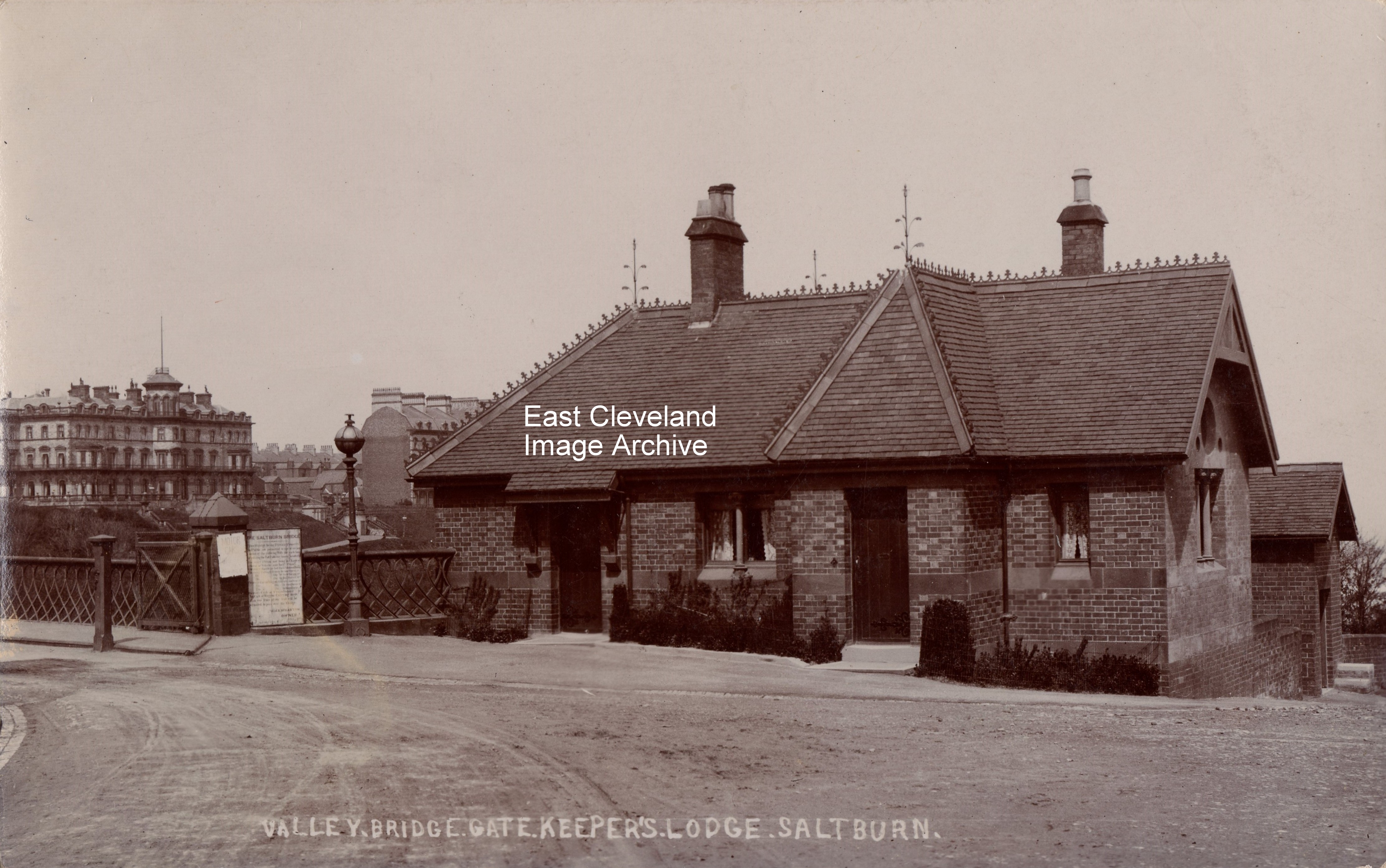
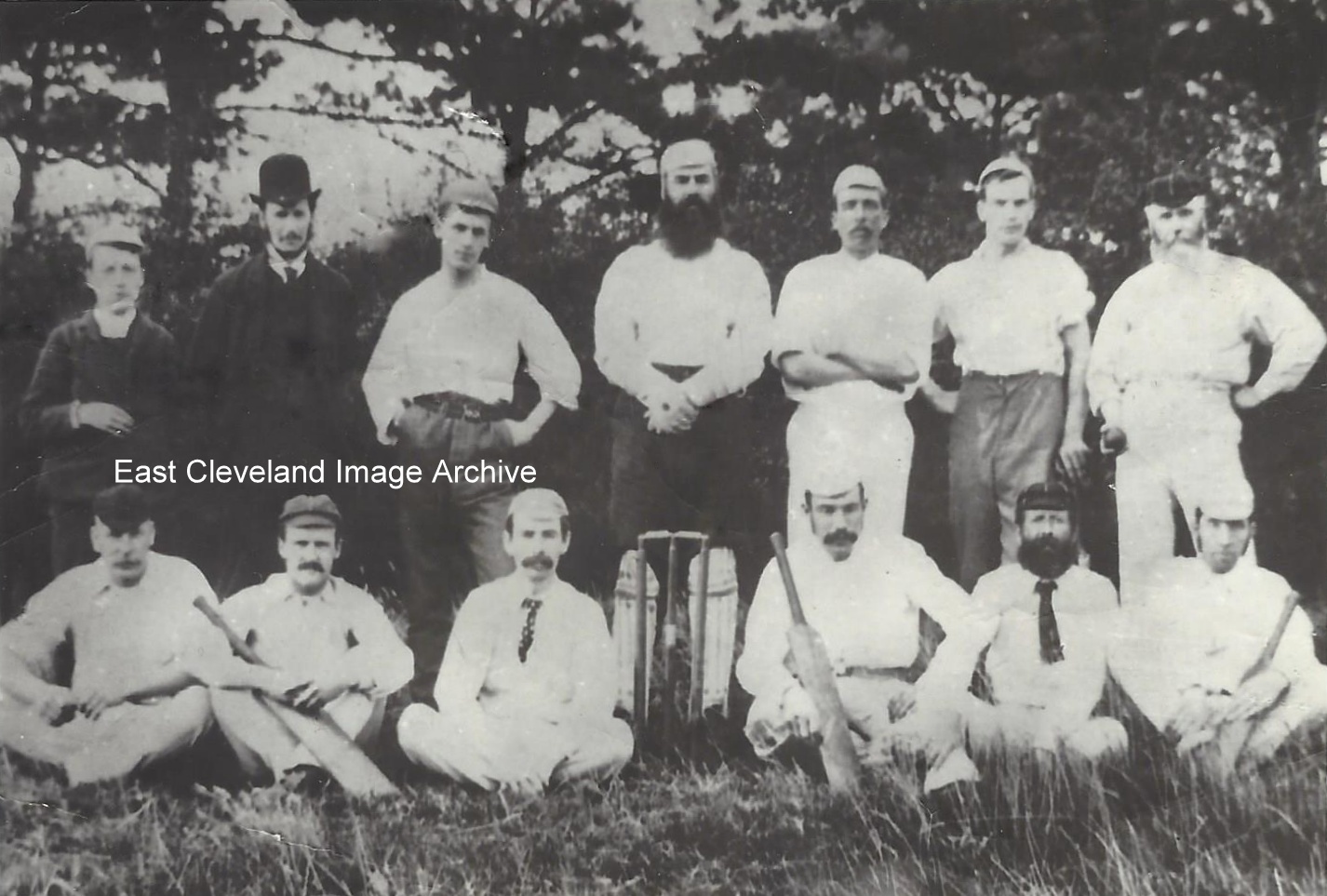
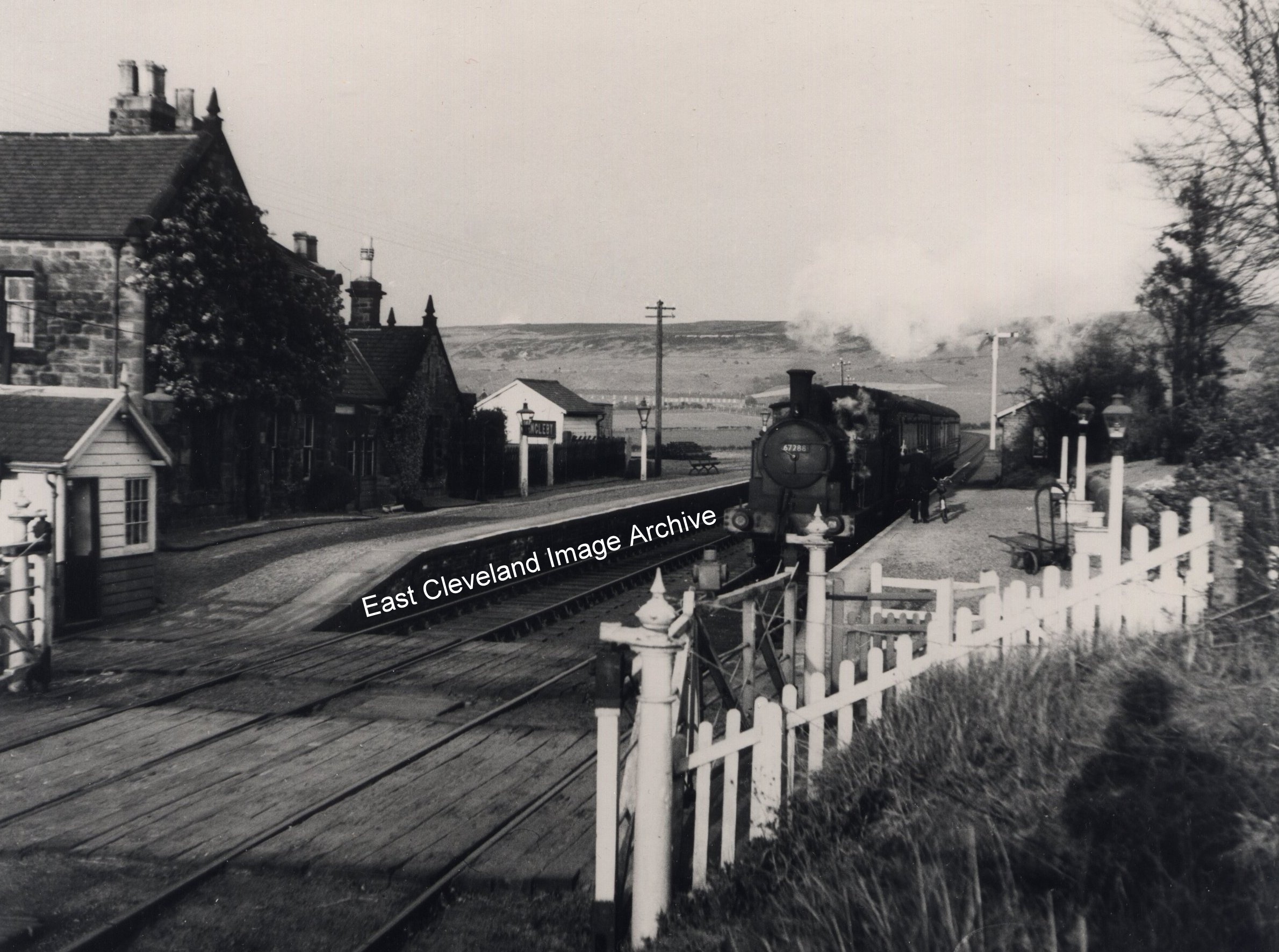
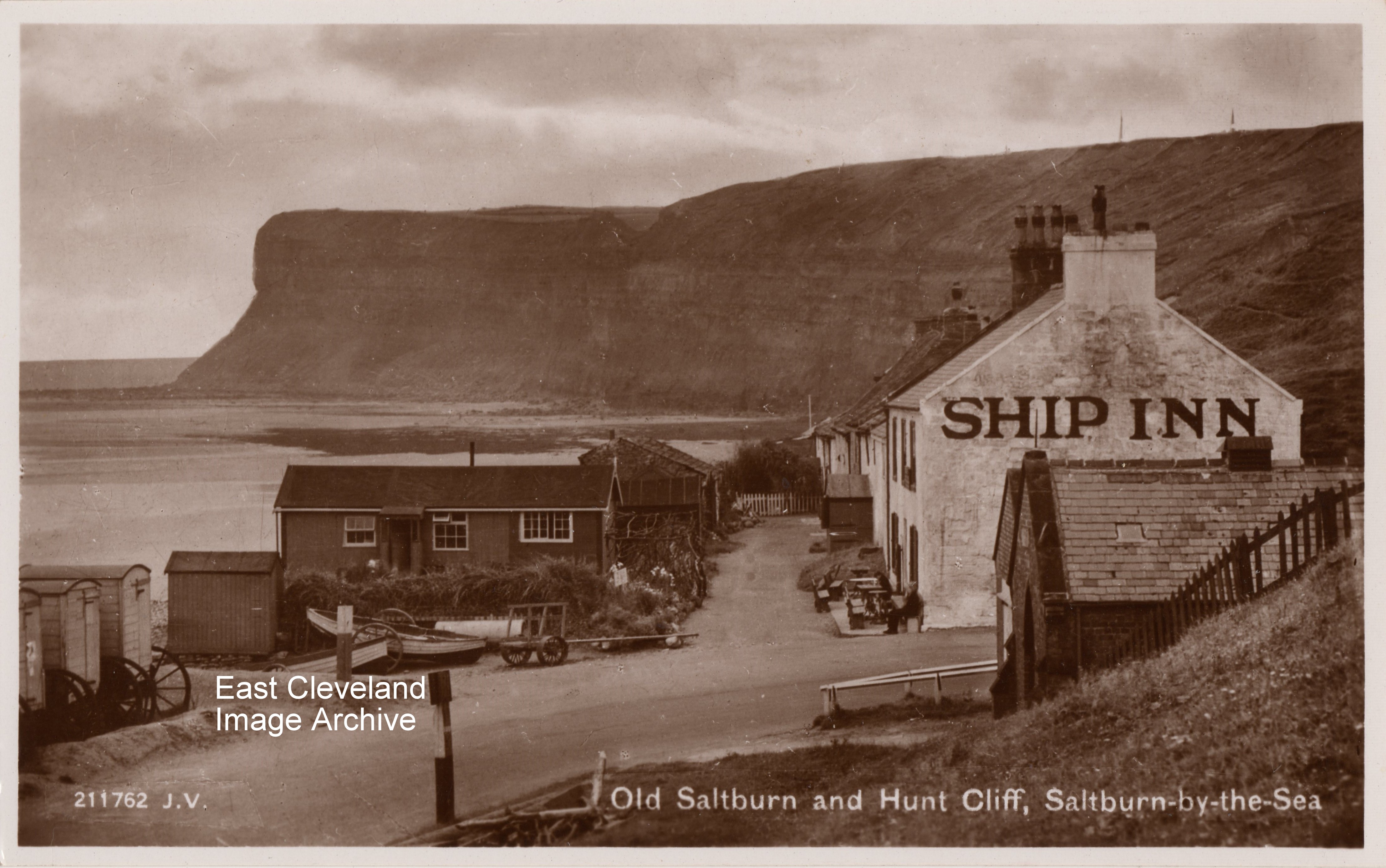
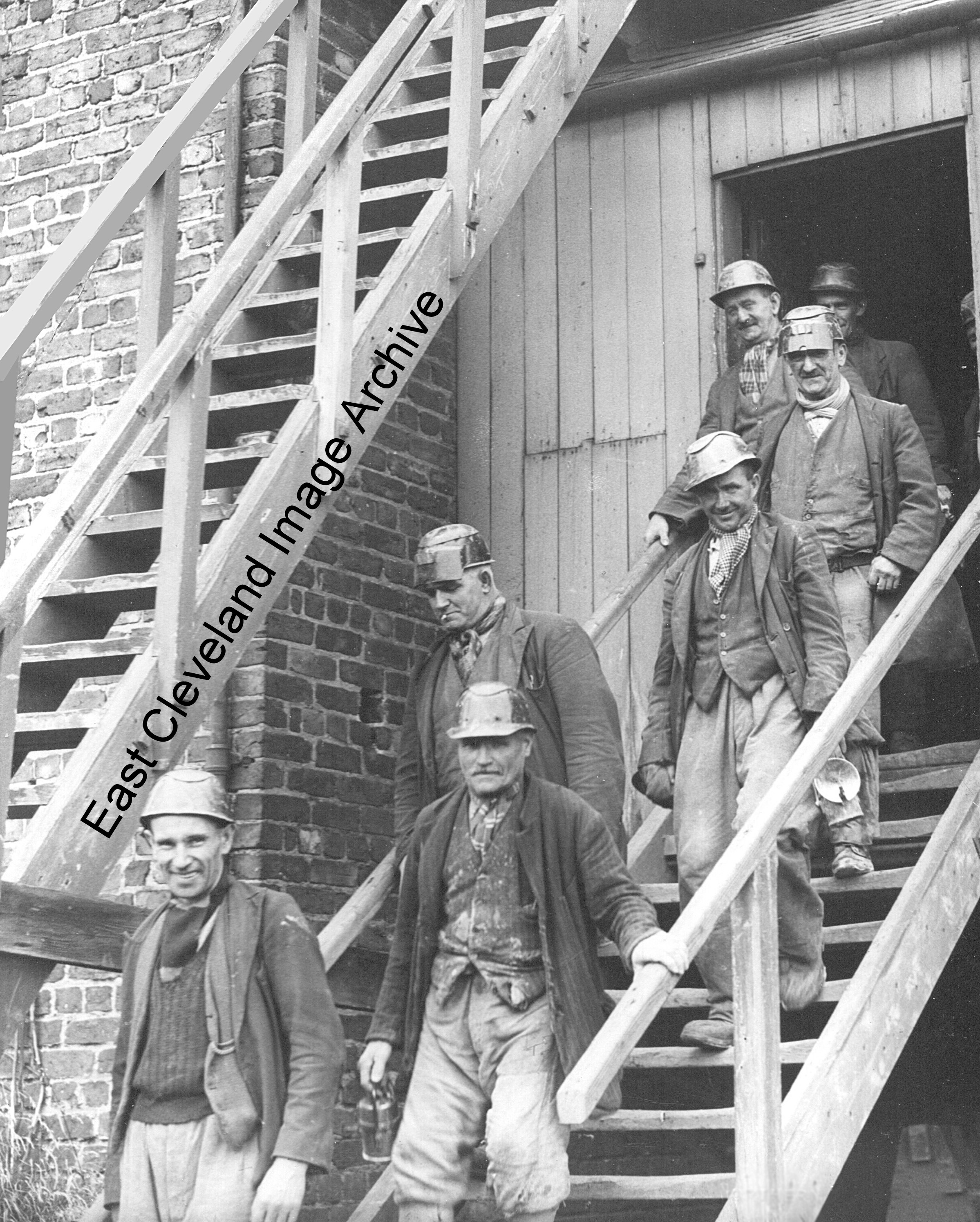




Recent Comments